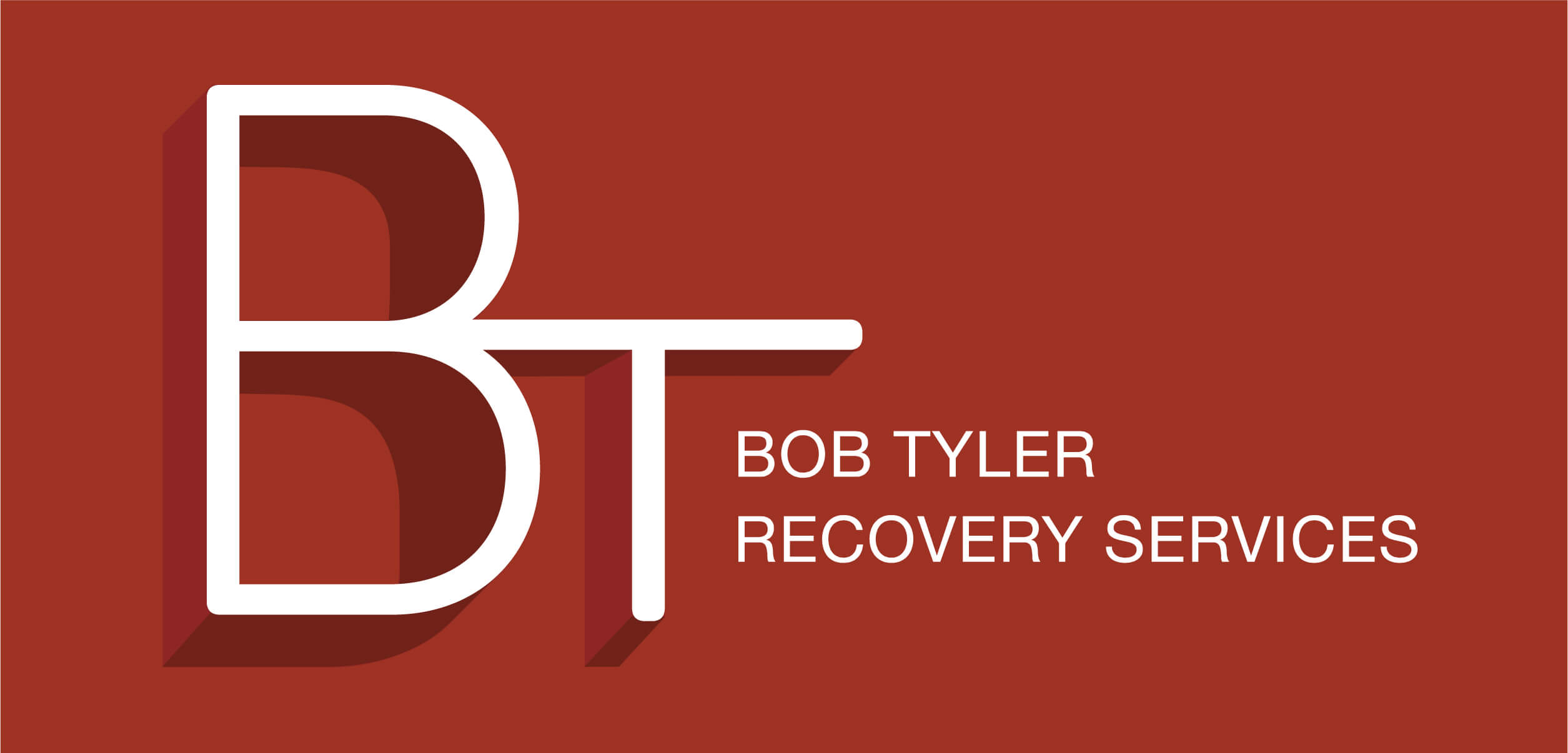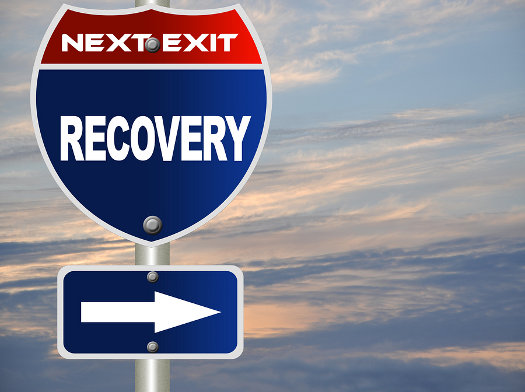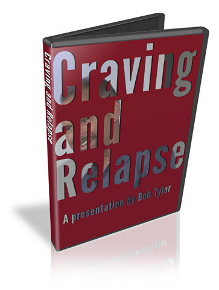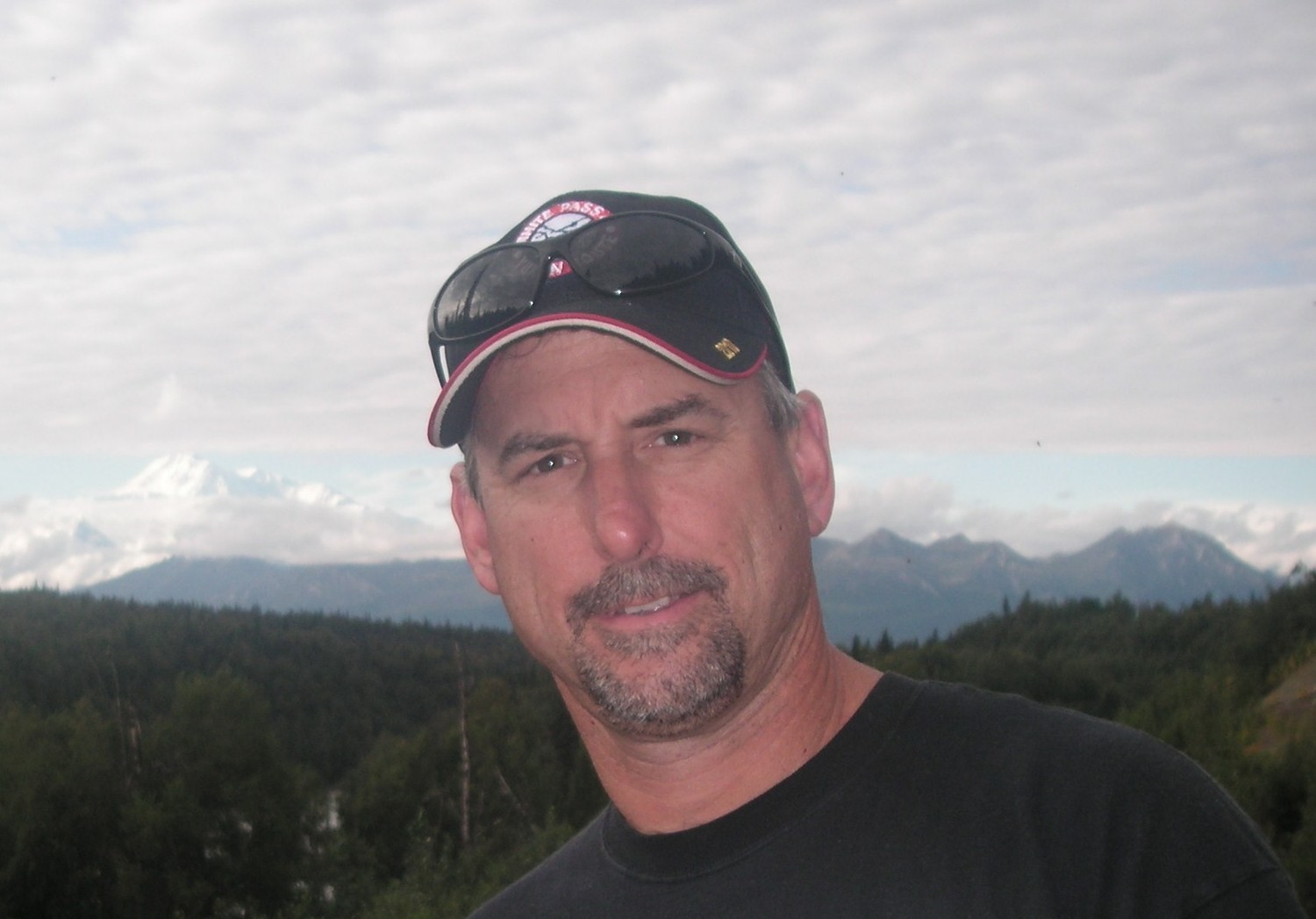Teaching Emotional Resilience

(Originally published in The Counselor Magazine - June 2020)
If addicts and alcoholics use chemicals to avoid uncomfortable emotions, teaching them to feel and tolerate such emotion should be seen as primary in chemical dependence (CD) treatment. The goal for this article is to prompt increased focus on this objective and suggest a model by which it can be accomplished in the treatment milieu.
Primary CD treatment is about stopping the bleeding: providing tools necessary to intentionally avoid the use of chemicals and the resulting consequences. The acute nature of this task requires prompt teaching of such tools to facilitate the resilience necessary to feel and experience the emotions they used to numb with chemicals. If this primary CD counselor function can be accomplished, it paves the way for the necessary deeper work that ongoing therapy provides. However, if addicts don’t develop such emotional resilience, they will not be able to stay sober long enough for that deeper work to occur.
When facilitating a CD process group, I’m like Tigger – I pounce! There is nothing more important in such a group than patients feeling and experiencing uncomfortable emotions in the safe environment we provide. When someone is observed processing and feeling emotions (or holding such back) that is the direction we want to take the group. In the most sensitive way possible, we create a pathway for safe processing of these emotions. As this is occurring, we observe other members of the group whose emotions may have been triggered so we can ask what is happening for them as well. In this way, we have multiple group members emoting. Again, there is just no better occurrence in our groups than having our patients feel and experience the emotions they used to anesthetize.
When the time feels right, we prompt group feedback for the person(s) who’ve processed their emotions. If we’ve structured our groups adequately by modeling/supporting loving and empathic feedback, those processing emotions receive the support and understanding necessary to feel and experience them without using. It is through such empathy that patients who are experiencing the pain of uncomfortable emotions begin to look and feel better right in front of our eyes. Witnessing such occurrences is my favorite part of working in this profession.
It is important to note that the full potential of this exercise is lost if we don’t bring to the patient’s attention what just occurred; they have proven they have the ability to feel and experience uncomfortable feelings without using chemicals. We also bring to their attention that this was accomplished through the help of their sober peers – they processed it and received their love and understanding to get through it.
Finally, we emphasize the importance of attending mutual support groups where a support system can be built allowing them to mimic what they did in group; they get an uncomfortable feeling and get on the phone with someone who can provide the love and empathy necessary to get through it. In this way, patients build emotional resilience so our primary task is accomplished: working ourselves out of a job with our patients. They practice this emotional coping skill to develop the resilience necessary to stay sober without the need for our ongoing help.
In one her Ted Talks, Brene’ Brown (2012) concluded from her research that the antidote for shame is empathy – that the two most important words for someone whose shame has been activated are “Me too.” I don’t think I’m going out too far on a limb to also suggest such application for other uncomfortable emotions, or even craving. I also believe that the founders of Alcoholics Anonymous, Bill Wilson and Dr. Bob Smith, were onto something when they discovered that talking to other alcoholics was the key to ongoing recovery.
I hope this information leads to an increased emphasis on helping patients develop the skill of coping with emotions. If this is accomplished, the result will be the resilience necessary for our patients to avoid drinking and using.
Bob Tyler
Owner: Humble House Publishing and Bob Tyler Recovery Services (Consulting, Public Speaking, CD Private Practice) staysober@bobtyler.net
- Brown, Brene’. (2012). Brene’ Brown / Ted 2012:
ted.com – Brene Brown: Listening to Shame - Tyler, Bob. (2005). “Enough Already!: A Guide to Recovery from Alcohol and Drug Addiction”. Humble House Publishing: Long Beach.





